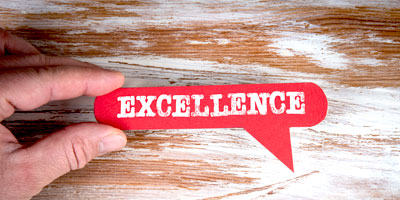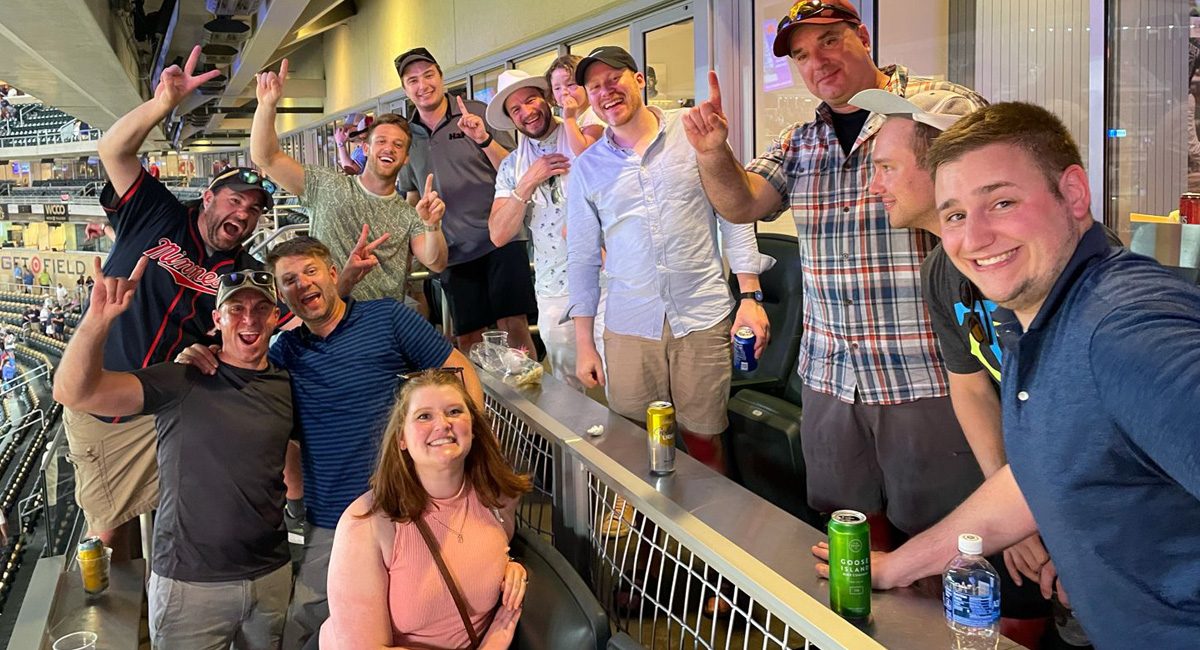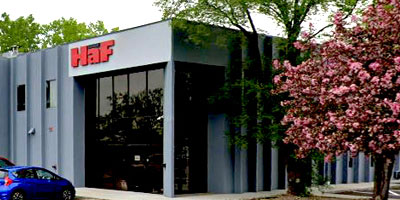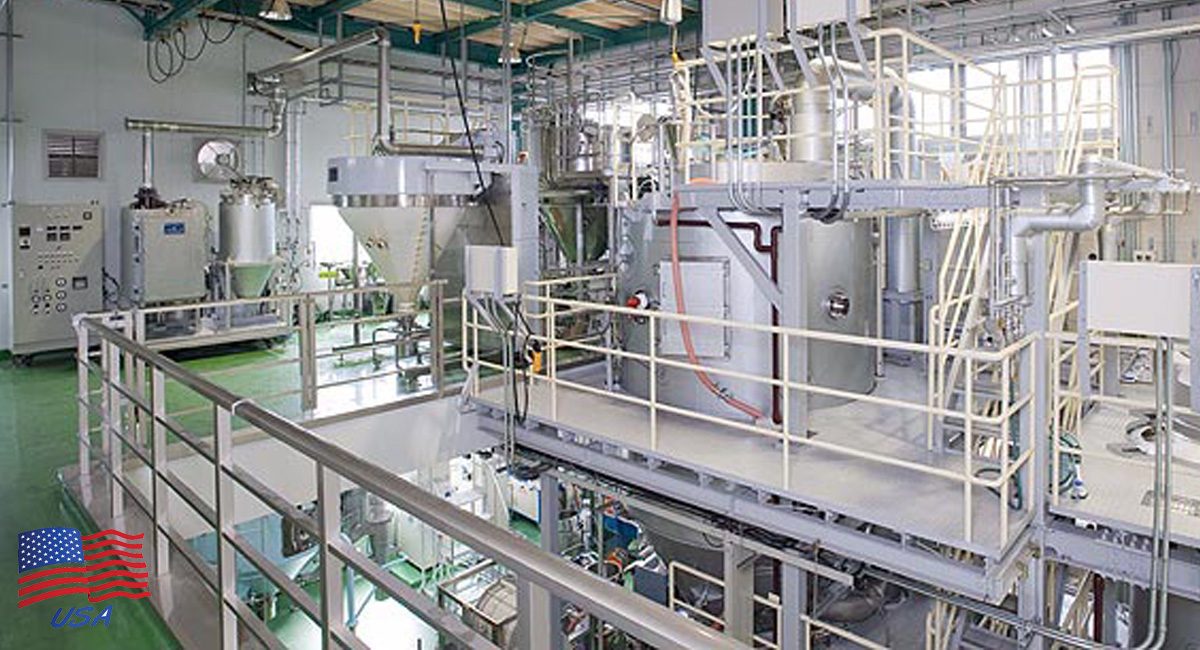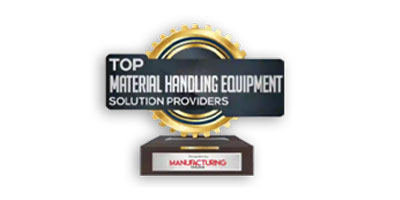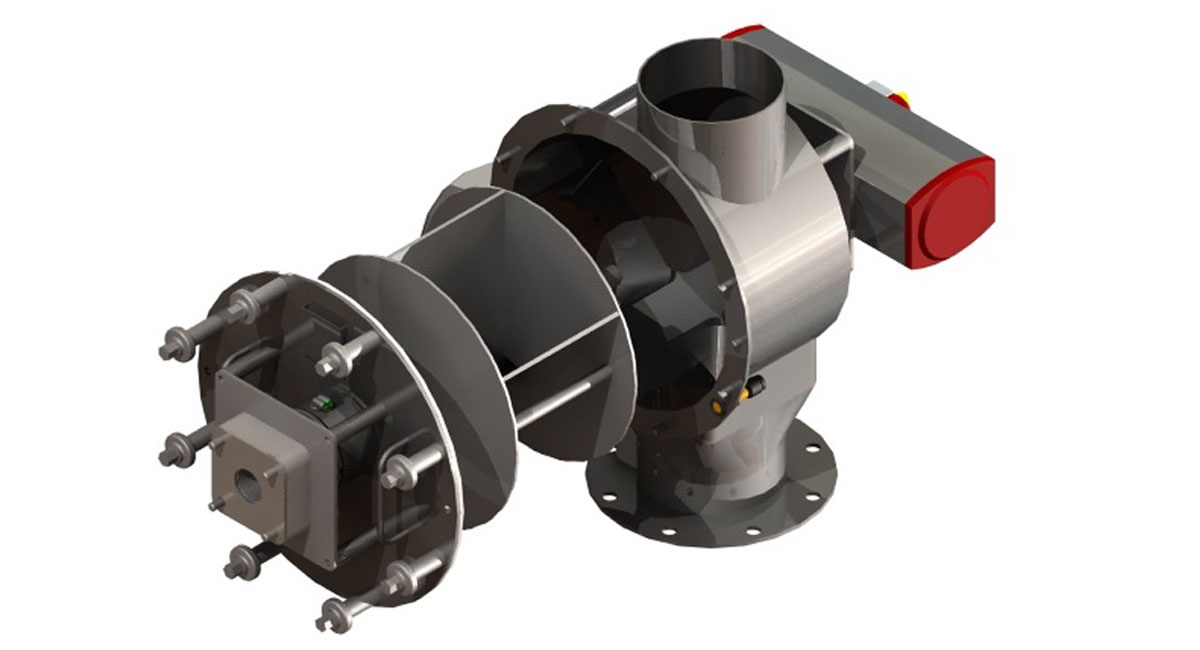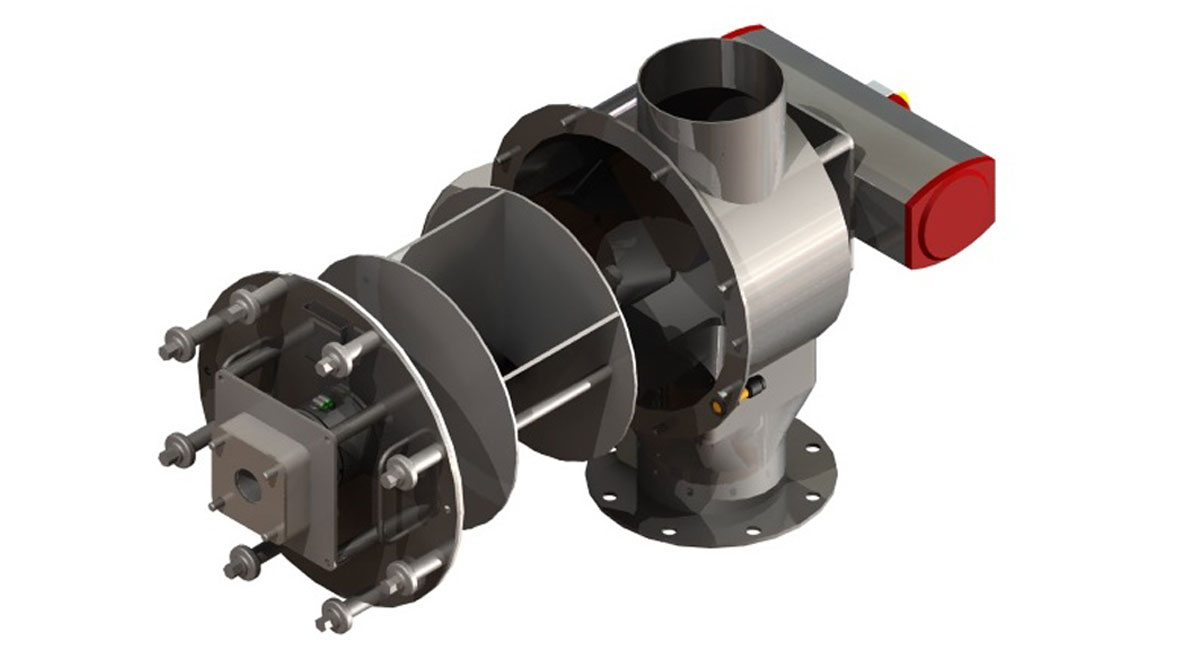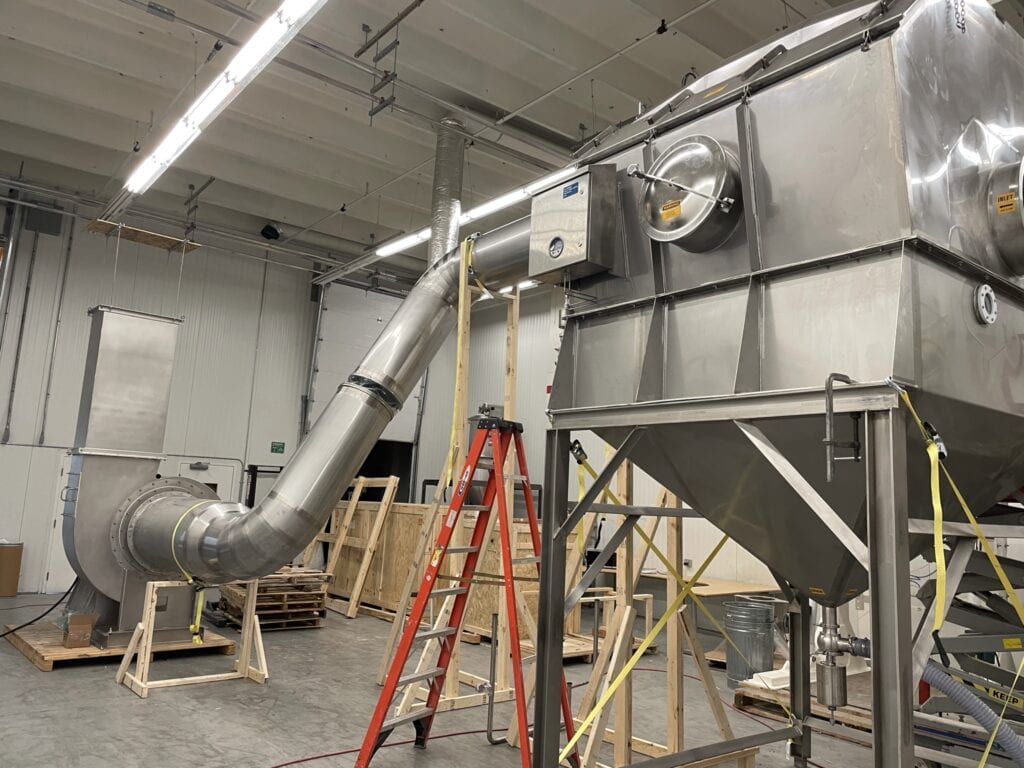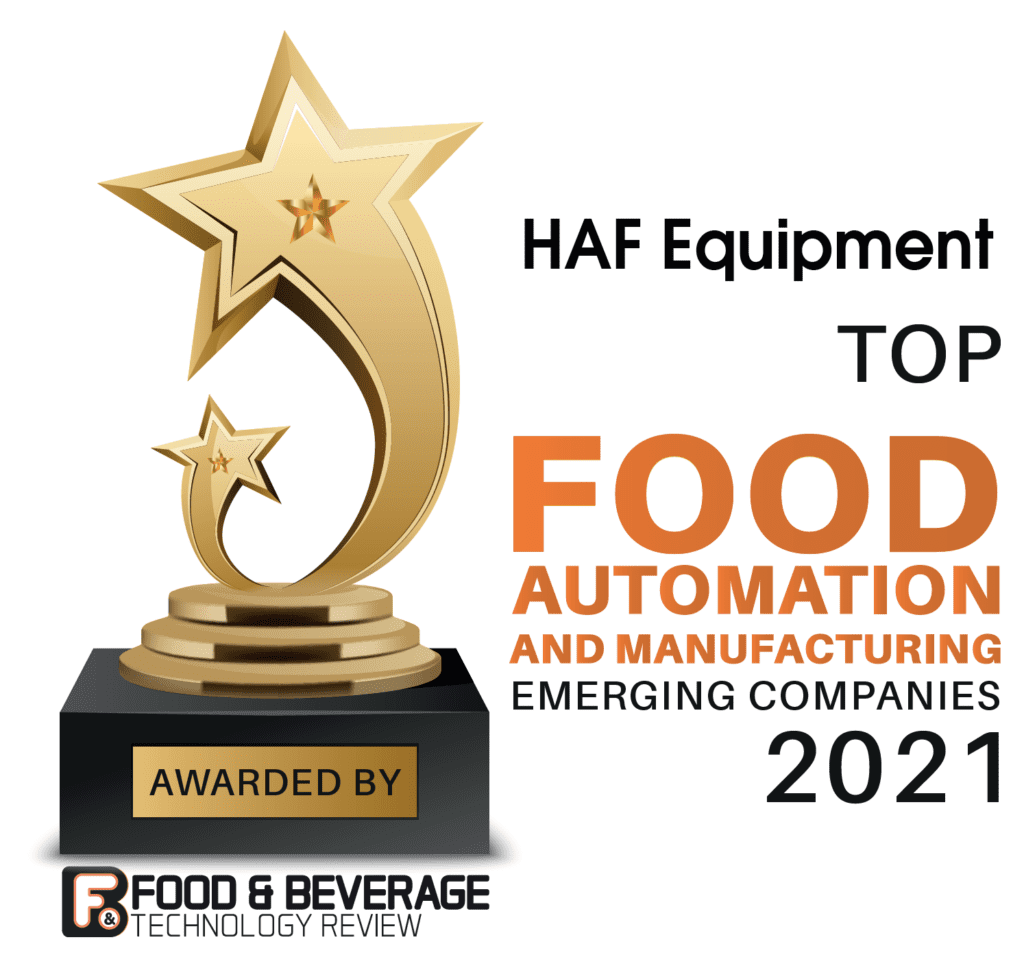by Michael Thiel and Sarah Wagner
The pharmaceutical industry is constantly changing and evolving, but how the pandemic affects it can be different from one year to another. There are no clear answers about what’s next; what is clear is that this is not an ideal situation, and companies need to keep up and be ready to change to remain relevant.
Fortune Business Insights describes the change in the pharmaceutical landscape and the upcoming continual growth – “The global OTC Drugs market is projected to grow from $157.0 billion in 2021 to $233.6 billion in 2028 at a CAGR of 5.8% in forecast period, 2021-2028.
With the ever-changing times, material handling is critical for a pharmaceutical company to adapt quickly and stay on top of the changes.
What are Pharmeceuticals?
The word “pharmaceutical” is an umbrella term for all medicines. It’s a very broad category that brings to mind many different images and thoughts from over-the-counter drugs to liquid medication.
Why Material Handling in Pharmaceuticals Matters
Pharmaceutical Manufacturing is an important part of the American economy and involves prescription drugs, hospital products, high-security drugs, small batch operations, decontamination rooms, syringes, narcotics, vaccinations, and more.
Material handling in pharmaceuticals is a critical component to ensuring the safe and timely delivery of products – of both dry and liquid ingredients.
Having the correct Material Handling System for production is essential for reliability and business success.
The Material Handling Process in Pharmaceuticals
Pharmaceutical Manufacturing (Pharma Manufacturing) is the process of large-scale (anything greater than lab-scale) production of pharmaceutical drugs as part of the pharmaceutical industry. The process of drug manufacturing includes many steps and unit operations, such as:
- bulk bag unloading (e.g. super sacks)
- small bag station (e.g. 50-Lb. Bags)
- drum tipping stations (e.g. unloading drums)
- pneumatic conveying systems (e.g. vacuum dilute phase)
- filter receivers
- surge hoppers
- feeders
- pumps
- sifters
- mills
- granulators
- dryers
- chillers
- packaging equipment.
Material Handling Systems in Pharma Manufacturing
When designing a Material Handling System for pharmaceutical manufacturing, it is essential to understand the ingredients, like the powders, involved. In Pharma Manufacturing, the handled materials are typically either an API or an Excipient.
What is an API? The Active Pharmaceutical Ingredient (API) is the potent active ingredient. Sometimes, the medication taken has a very small amount of API. The rest of the medication consists of necessary fillers. The “active pharmaceutical ingredient” (API) is any substance or blend of materials used in a finished pharmaceutical product (FPP)
What is an Excipient? Excipients are non-active ingredients and are often called bulking agents, fillers, or binders. The non-active ingredients can help with long term stability and potency in small amounts by acting as buffers to the formulation’s active components.
The Importance of Sanitary Design
The Food and Drug Administration (FDA) is responsible for ensuring that the quality and design of equipment used in pharmaceutical manufacturing protects consumers. The Material Handling System must meet their standards in order to be approved and sold in American markets, but it’s important not only to understand how they think-you need an expert who knows what will work.
There are various levels of sanitary design in the pharmaceutical manufacturing process, and sometimes documentation is required for certain equipment.
Design Philosophy of Sanitary Design
The equipment designer and supplier need to produce sound, sanitary products. Using a tool-free-quick-take-apart design philosophy helps to ensure this.
Though it is the customer’s specification that provide the level of sanitary design, typical materials used are stainless steel with finishes ranging from 304ss or 316-grade. The material finish should be to the level of a 2B or #4 finish. The welds would need to be ground flush and polished to a 20-32 ra.
The design philosophy of sanitary equipment considers the interior and exterior surfaces of the equipment. Minimizing any opportunity for dust or powder buildup on the exterior surface of the equipment must be considered. This is achieved by limiting horizontal surfaces so that dust and powder cannot collect. Interior surfaces are critical because that is where the ingredient is handled. Interior designs considerations include how easy it is to clean and a good line of sight.
When designing surge hoppers and vessels, the top of vessels should utilize domed or round tops to help prevent buildup. Control enclosures should be slope top. Support legs on vessels should be tucked under so that there are no ledges where support meets the main body and could harbor dust.
We have many more design considerations for every piece of equipment we design. If you want to know what those are, please CONTACT US, and let’s discuss in greater detail.
Dry Material Handling Equipment for Production Scale
Operator Exposure Limits (OEL’s)
The importance of maintaining a safe work environment for operators cannot be understated. The Operator Exposure Limits (OEL) is what ensures that daily shifts go smoothly without major issues or injuries.
Generally, the pharmaceutical industry establishes internal occupational exposure limits at or below 10 µg/m3 as an eight-hour time-weighted average for highly potent drugs. The ratings for OEL’s are described in bands – Occupational Exposure Bands (OEB’s).
Learn more on the Pharmaceutical Guidelines Websites.
Dust Hazard Analysis and Explosion Mitigation Equipment
The HaF team has a proven process for evaluating the hazards in your system design and providing you with best practices to ensure safety. Mentioning Kst or Pmax values is not enough. During our Dust Hazard Analysis (DHA) we walk through the process and system design with you to truly understand what’s happening at every stage of production and consult on the best approaches to design a safe and reliable system.
Summary
When designing equipment for Pharmaceutical Manufacturing (the pharmaceutical market) many factors need to be considered. At HaF, we have a passion for equipment design and sanitary applications. Our design philosophy is summed up as “Tool-Free -Quick-Take-Apart®”.
HaF cares about the operator that will use our equipment for years to come. CONTACT US today to discuss your pharmaceutical manufacturing equipment needs.
You may also like Segregation Challenges in Pharmaceutical Manufacturing
LIKE THIS ARTICLE? PLEASE SHARE.
About HaF Equipment
HaF is a Minnesota-based company with employees spread out across the USA and capabilities world-wide. We’re ready to support your manufacturing industry needs no matter where you live or what type of industry – we’ve got our finger on the pulse Ready to Connect.
For more information about how we can help you meet your goals, don’t hesitate to call us at (651) 653-5098, or complete the Contact Form on our website.



